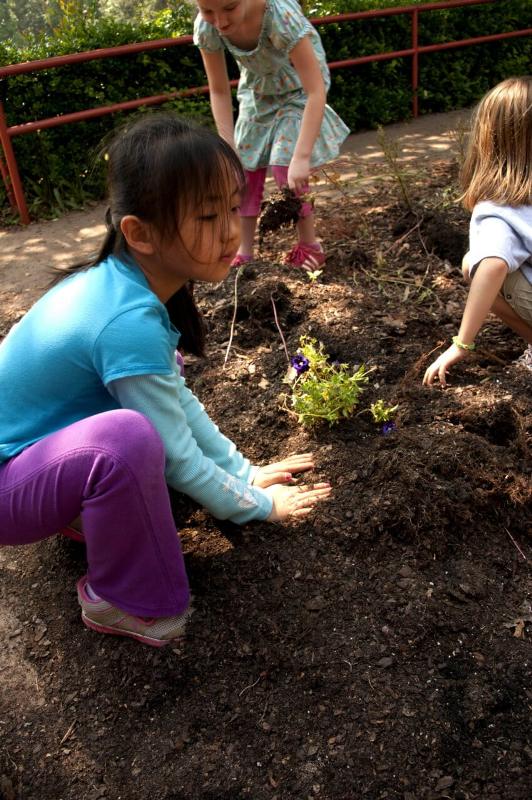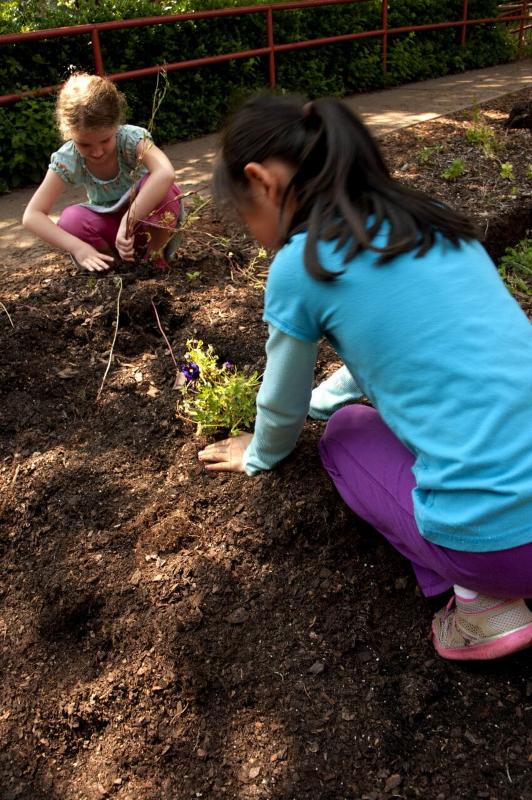
Tips for Veggie Gardening With Kids
Tips for Veggie Gardening With Kids
Building a vegetable garden with children is a fun activity. It allows teaching children, whatever their age, how to eat well to be healthy and what are the best ways to protect the environment.
Here are some tips to share between generations.
To each his own garden
The key to learning new things is motivation. Ask a child to help in the garden, and you may not get the most unbridled enthusiasm.
On the other hand, if you want to introduce your child to gardening, suggest instead that he or she own his or her own garden, which means:
– taking charge of their own vegetable garden;
– designing a vegetable and ornamental garden plan;
– using their own specific garden tools (watering can, shovel, planter, claw, etc.).
Good to know: you can find complete gardening tool kits for children for less than $20.
Adapting gardening instruction to the gardener’s age
Teaching a child about the garden will allow him to enjoy outdoor time. Without spoiling the fun by giving him 3-hour seminars, you can take the opportunity to bring in several subjects. For instance:
– teach him the role of ladybugs, earthworms, and other “little bugs” that are very useful for good maintenance of the ecosystem;
– make him aware of the dangers of pesticides and give him solutions to treat ecologically;
– teach him the benefits of seasonal products for his health;
– make him taste many fruits, vegetables, and herbs to develop his taste.
Easy vegetables and fruits for 2/5 years old

To encourage a child to grow his own fruits and vegetables, start with plants that are easy to grow. Radishes are well known for “growing on their own”, especially since they can be produced from March to October.
Children will be proud to let the whole family enjoy the crunchy, vitamin-packed radishes from their own vegetable garden. A reminder:
– Round radishes are sown on the surface: they just need to be covered with a few millimeters of soil.
– Long radishes are sown at a maximum depth of 3 cm.
– Just water them regularly. After 5 to 6 weeks, it will be time for the little gardener to harvest them.
Note: Other easy-to-grow fruits and vegetables include lettuce, beans, carrots, and spinach.
Taste training for 6-8-year-olds: increasing the range of garden produce
Growing and caring for your food is a great way to teach children about the differences in the taste of fruits and vegetables. Again, keep in mind the playfulness of a children’s garden by encouraging the cultivation of attractive fruits/vegetables and increasing the varieties.
For example, you can add these to the vegetable garden:
– peas;
– tomatoes and cherry tomatoes;
The child will be encouraged by the speed of growth of these fruits and vegetables. They will enjoy tasting and sharing them.
Little things that make a difference
Sowing, watering, and harvesting are all good. Personalizing each seedling is even better so the child can easily identify each variety. It’s great fun illustrating the labels by drawing each vegetable and fruit.
Also, teach him
Note the identification label, the planting date, and the plant’s water requirements (one drop: little water, three drops: a lot of water).
Keep an accurate logbook that will allow him to:
– draw a map of the garden
– list the products grown;
– note the results obtained.
To learn to accept failures if – by mishap – some crops were not as prolific as expected. It will be sufficient to note errors in exposure or watering to avoid them the following season.
Hope you liked this post. Share the fun; share your experience in the comments below!

How to Clean a Baby's Nose
You May Also Like

Is Your Child Thriving in the Right School Environment?
2024-04-24
How to Potty Train Your Baby
2022-01-03
